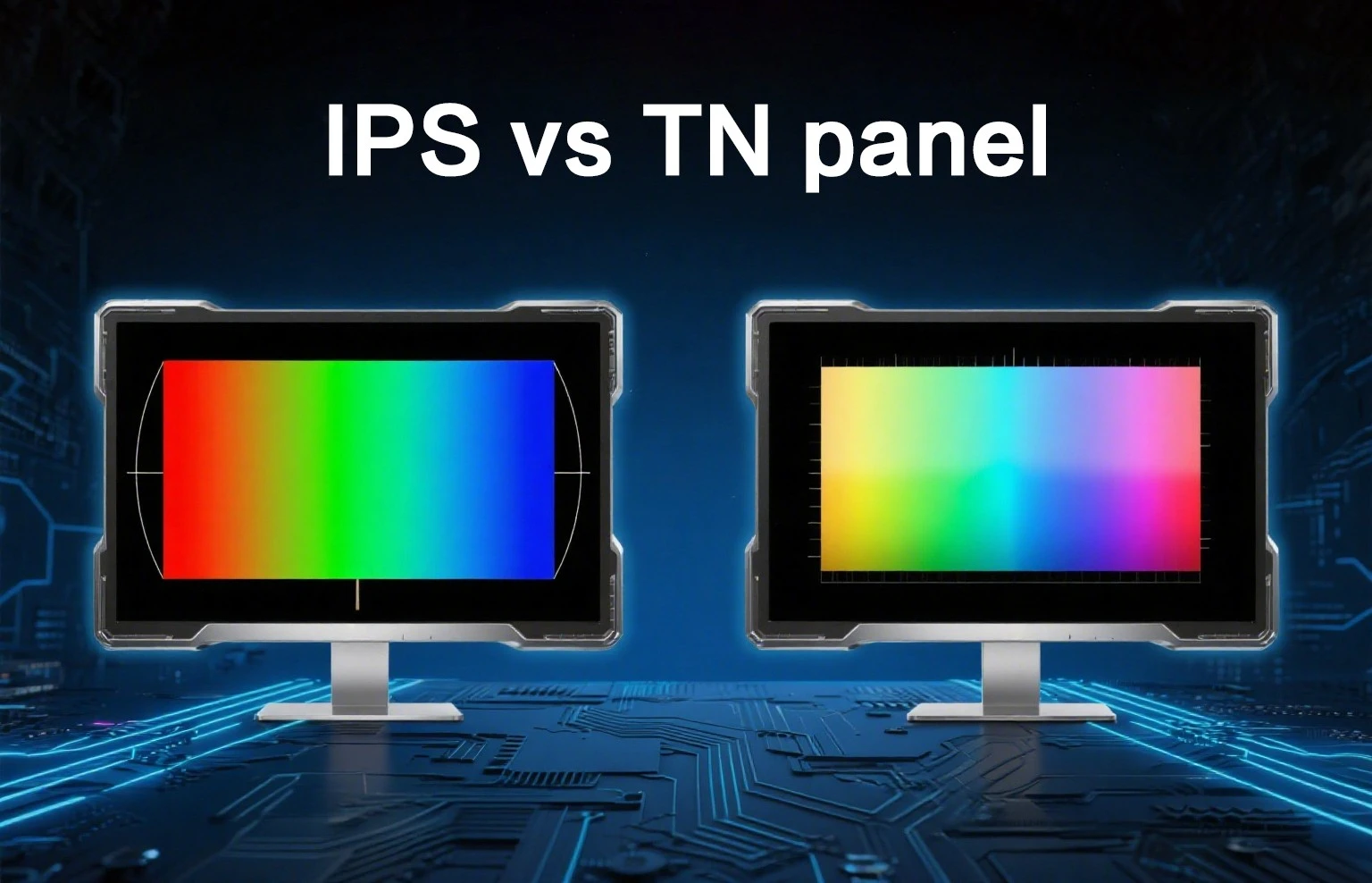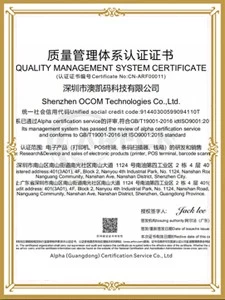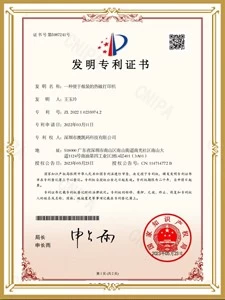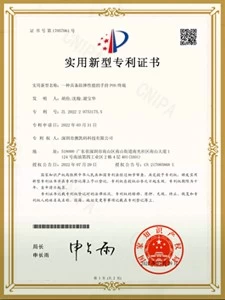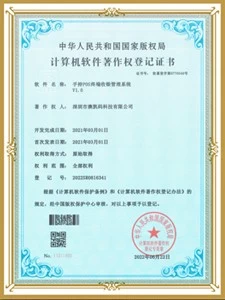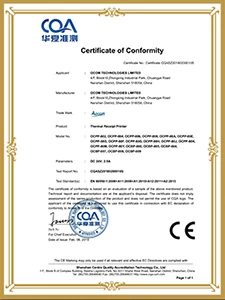Differences Between IPS and TN Panels
IPS (In-Plane Switching) and TN (Twisted Nematic) panels are two common LCD technologies with significant differences in color performance, viewing angles, response time, and more. Here are the key distinctions:
1. Color Performance
-
IPS Panel:
-
More accurate colors with a wider color gamut (often covering sRGB or higher standards).
-
Better color consistency, making it ideal for professional design, photography, and color-critical work.
-
-
TN Panel:
-
Inferior color reproduction with a narrower gamut, often appearing washed out or distorted.
-
Typically used for general office work or gaming (where high refresh rates matter more).
-
2. Viewing Angles
-
IPS Panel:
-
Extremely wide viewing angles (~178°), with minimal color/contrast shift when viewed from the side.
-
-
TN Panel:
-
Narrow viewing angles (especially vertically), causing color inversion or brightness loss when viewed off-center.
-
3. Response Time
-
IPS Panel:
-
Traditional IPS panels had slower response times (5ms+), but newer variants (Nano IPS, Fast IPS) can achieve 1ms, rivaling TN panels.
-
-
TN Panel:
-
Faster response times (typically 1ms or lower), reducing motion blur in fast-paced games.
-
4. Contrast & Black Levels
-
IPS Panel:
-
Moderate contrast (~1000:1), with potential backlight bleed (blacks may appear grayish).
-
-
TN Panel:
-
Lower contrast, poorer black levels, and less detail in dark scenes.
-
5. Refresh Rate
-
IPS Panel:
-
High refresh rate options (144Hz, 165Hz, even 240Hz) are now common, though pricier.
-
-
TN Panel:
-
Historically the go-to for high refresh rates (144Hz, 240Hz) at a lower cost.
-
6. Power Consumption & Price
-
IPS Panel:
-
Slightly higher power draw and generally more expensive (especially premium models).
-
-
TN Panel:
-
More energy-efficient and budget-friendly.
-
7. Best Use Cases
-
IPS Panel:
-
Photo/video editing, office work, immersive single-player gaming.
-
-
TN Panel:
-
Competitive gaming (prioritizing speed), budget builds.
-
Conclusion
-
Choose IPS for superior colors, wide viewing angles, and versatile use.
-
Choose TN for budget-friendly, ultra-fast gaming (though becoming less common).
